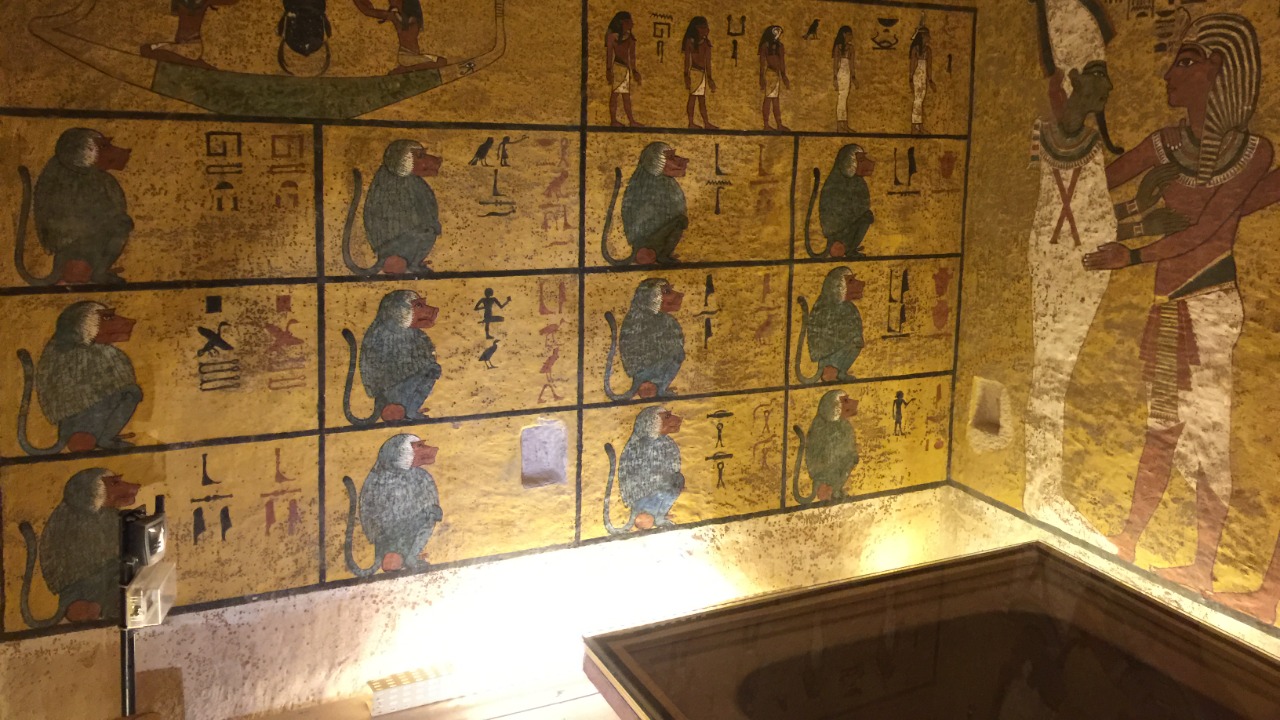
In a groundbreaking announcement, archaeologists have unveiled the discovery of a pharaoh’s tomb in the Valley of the Kings, marking the first such find since the unearthing of Tutankhamun’s tomb in 1922. This 3,500-year-old structure is believed to belong to a ‘missing pharaoh,’ potentially Thutmose II, and is thought to be the last undiscovered tomb of the Tutankhamun dynasty. However, the exact ownership of this royal tomb remains a subject of debate, with some excavations pointing to sites beyond the Valley, such as Abydos.
Background on the Discovery
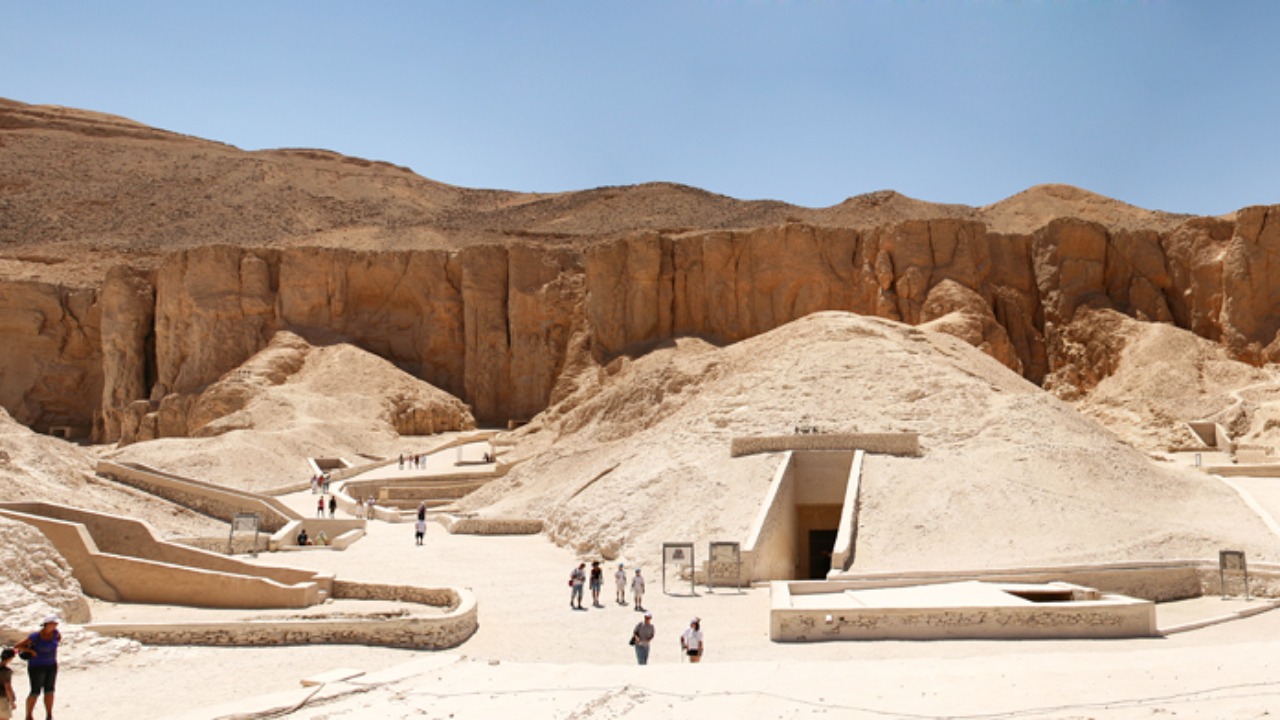
The revelation of this significant find was made on February 19, 2025, detailing the unearthing of a pharaoh’s tomb, the first new one discovered in over a century. The tomb, located in the Valley of the Kings, is linked to a ‘missing pharaoh’ from ancient Egypt, adding a new chapter to the rich tapestry of Egypt’s history. This discovery is positioned as the first ancient Egyptian pharaoh’s tomb unearthed since the iconic discovery of Tutankhamun’s tomb in 1922 by Howard Carter.
The discovery of this tomb was the result of a meticulous and painstaking process that spanned several years. The archaeologists involved in the project had to sift through countless layers of sand and rock, using advanced imaging technology to identify potential burial sites. The tomb was finally discovered in a remote corner of the Valley of the Kings, hidden beneath a layer of debris. The discovery was made even more remarkable by the fact that the tomb was found intact, with its treasures untouched by grave robbers. This is a rare occurrence in Egyptology, as many tombs have been looted over the centuries.
Potential Identity of the Pharaoh
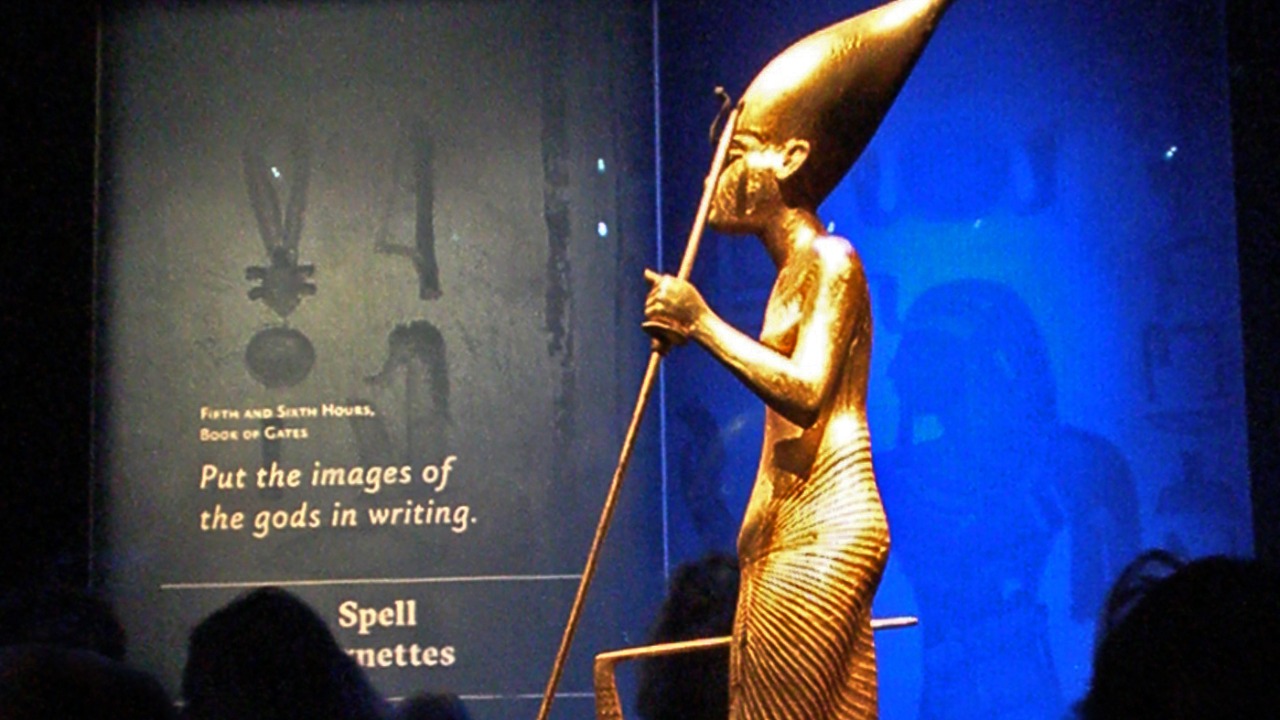
Initial evidence suggests that the tomb may belong to Thutmose II, a ruler from the 18th Dynasty. This discovery could potentially fill a significant gap in our understanding of the Tutankhamun dynasty, as Thutmose II’s final resting place has eluded archaeologists for centuries. However, the exact ownership of the tomb remains a subject of debate, with some theories suggesting it could belong to a yet unidentified pharaoh.
Thutmose II, the potential occupant of the tomb, was a significant figure in ancient Egyptian history. He was the fourth Pharaoh of the 18th dynasty and ruled for a relatively short period, from 1493 to 1479 BC. Despite his brief reign, Thutmose II was known for his military campaigns in Nubia and Asia, which expanded Egypt’s influence and wealth. His wife, Hatshepsut, would later become one of the most famous female pharaohs in history. If the tomb does indeed belong to Thutmose II, it could provide invaluable insights into his life and reign.
Excavation and Site Details
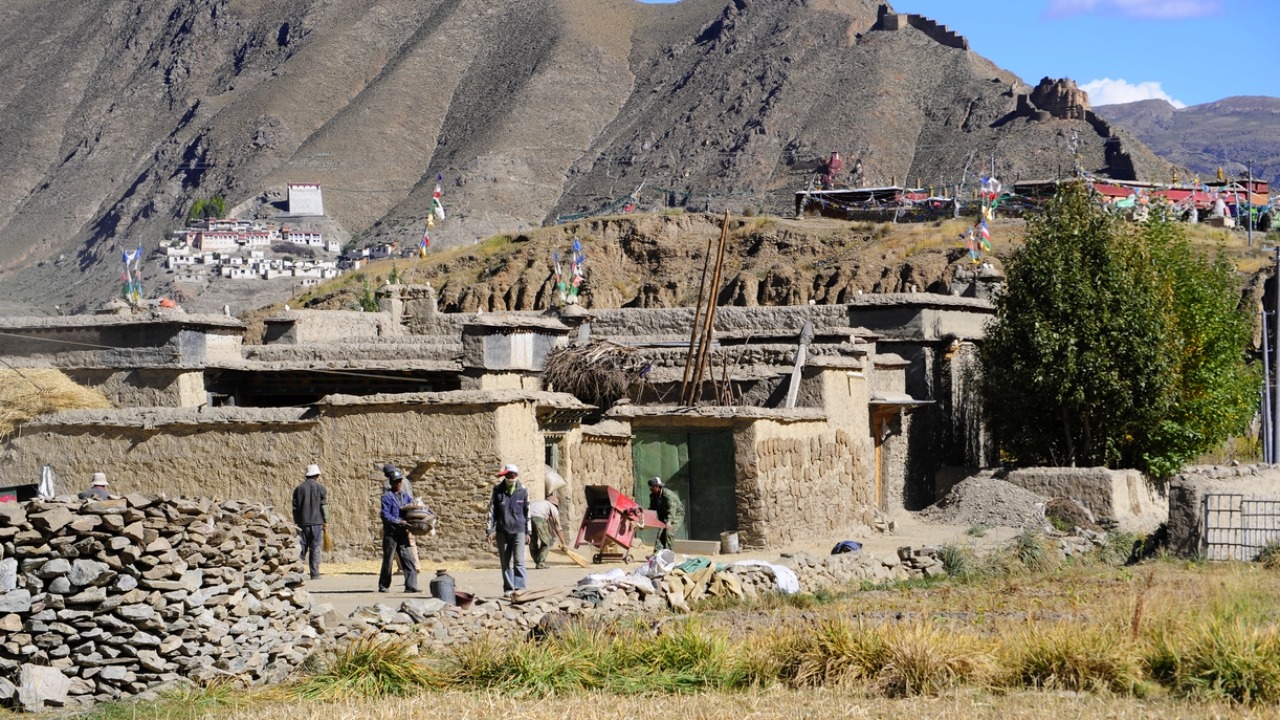
The tomb was discovered in the Valley of the Kings, a site renowned for being the burial ground of New Kingdom pharaohs. The 3,500-year-old tomb exhibits elements typical of ancient Egyptian royal burials from the period, further cementing its significance. However, the identification process has been complicated by the discovery of another royal tomb at Abydos, raising questions about the potential connection between the two sites.
The tomb’s architecture and design provide further clues about its potential occupant. It features a series of chambers decorated with intricate carvings and hieroglyphs, which are typical of royal tombs from the 18th Dynasty. The tomb also contains a variety of artifacts, including pottery, jewelry, and statues, which could provide further insights into the life and reign of the tomb’s occupant. The discovery of another royal tomb at Abydos has added an additional layer of complexity to the investigation, as archaeologists attempt to determine whether the two tombs are connected in some way.
Historical Significance
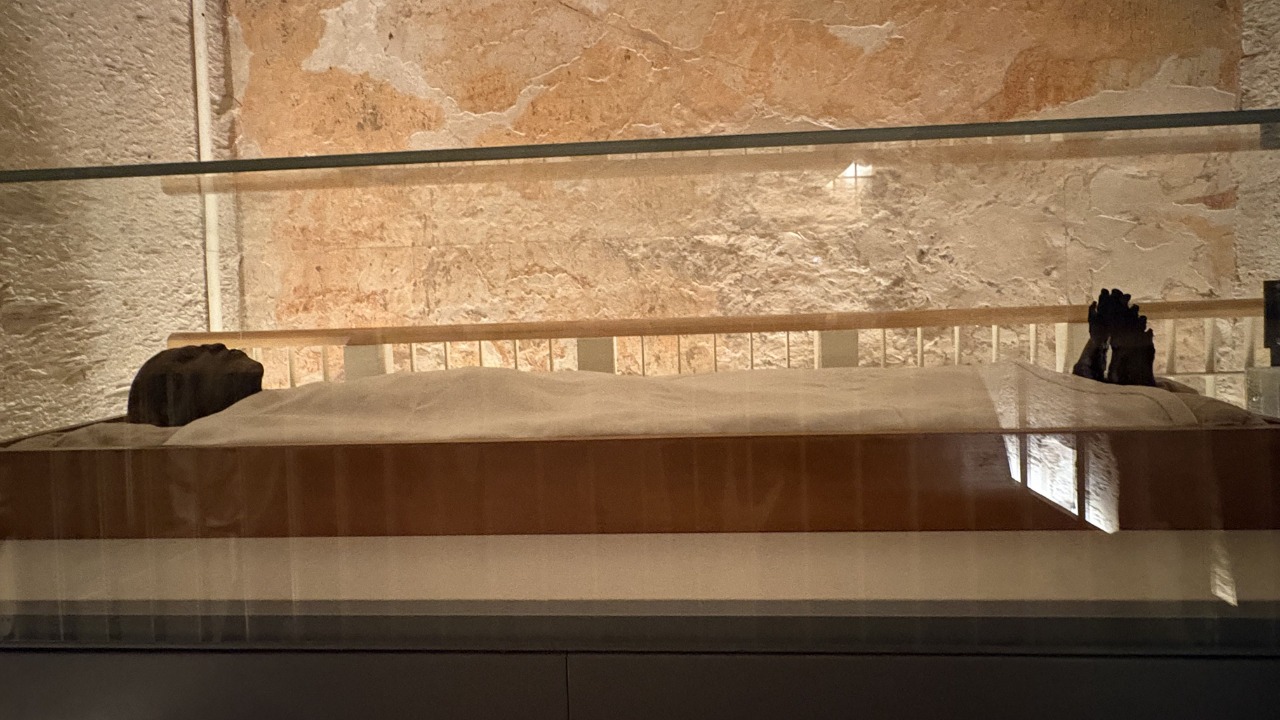
This discovery marks a significant milestone in the field of Egyptology, as it is the first pharaoh’s tomb found since the discovery of Tutankhamun’s tomb in 1922. The find not only reshapes our understanding of 18th Dynasty burials but also highlights Thutmose II as a ‘missing pharaoh’ whose tomb had eluded archaeologists for centuries. It represents a breakthrough in locating undiscovered royal tombs from the Tutankhamun era, adding a new layer to our understanding of ancient Egyptian history.
The discovery of this tomb has far-reaching implications for our understanding of ancient Egyptian history. It provides a unique window into the 18th Dynasty, a period marked by significant political and cultural changes. The tomb’s artifacts and inscriptions could shed light on the religious practices, artistic styles, and political dynamics of the time. Moreover, if the tomb does indeed belong to Thutmose II, it could help to fill in some of the gaps in our knowledge about his reign and his role in the broader historical narrative of the Tutankhamun dynasty.
Lead Archaeologist’s Role
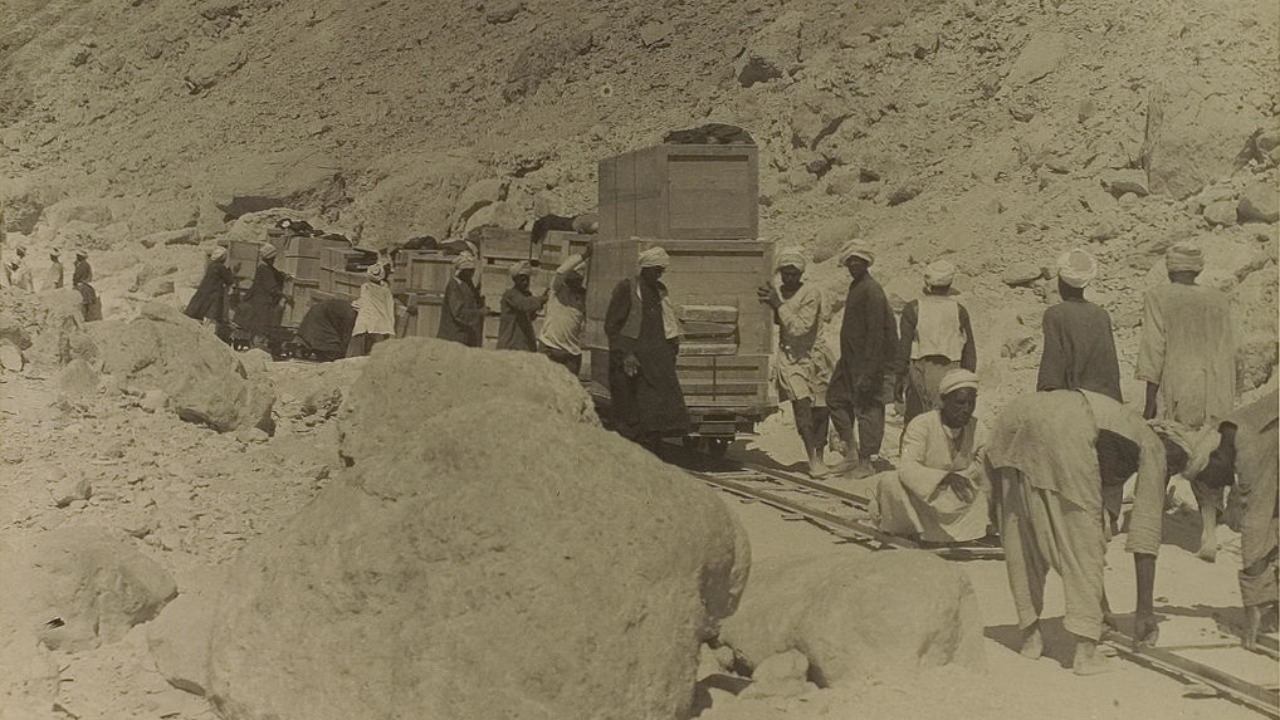
The archaeologist leading the excavation announced the primary tomb discovery and hinted at additional findings. On February 24, 2025, the same archaeologist stated that he may have uncovered another pharaoh’s tomb, suggesting that there may be more revelations to come. This individual’s work builds on the initial revelation of the site, adding to the intrigue and anticipation surrounding the ongoing excavations.
The lead archaeologist’s role in this discovery cannot be overstated. Their expertise and leadership were instrumental in guiding the team through the complex process of excavation and analysis. They were responsible for coordinating the team’s efforts, interpreting the data, and making critical decisions about the direction of the project. Their announcement of the discovery and the potential for additional findings has generated significant excitement in the academic community and the public at large, highlighting the ongoing importance and relevance of archaeological research.
Implications for Future Research
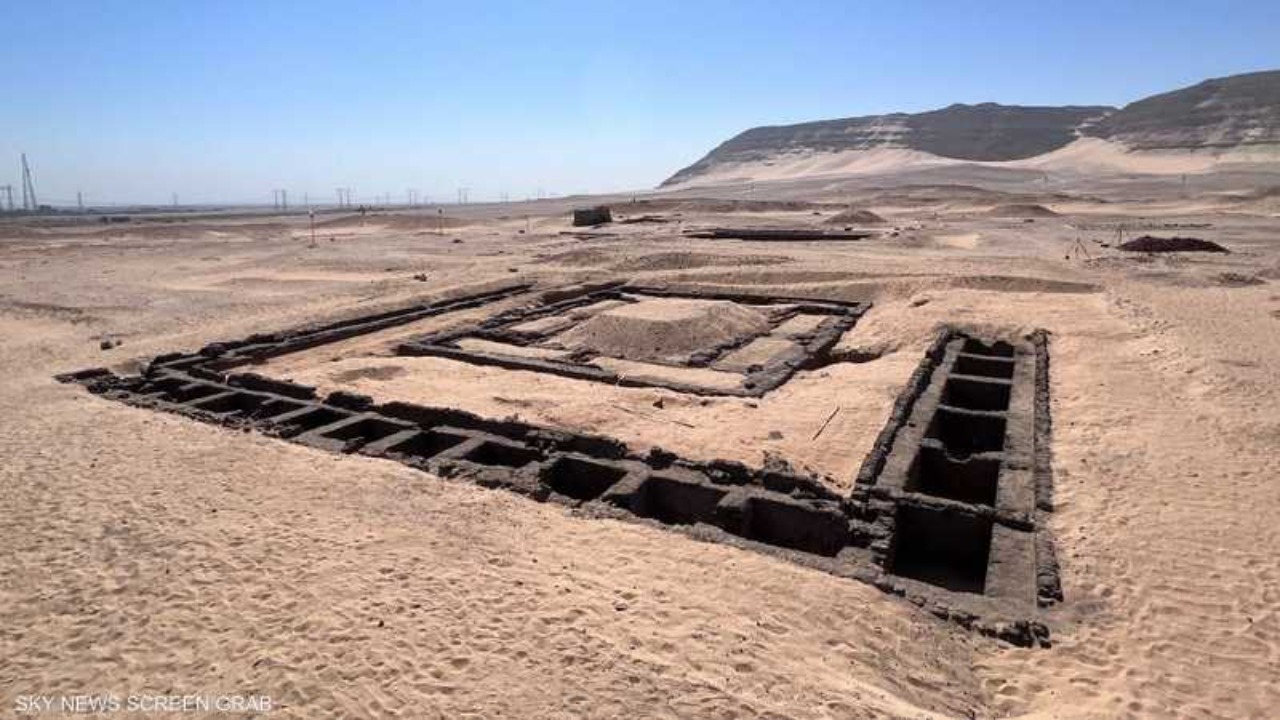
The discovery of this tomb opens new avenues for identifying mystery elements in the royal tomb at Abydos. The potential for another tomb find suggests that ongoing excavations in pharaoh-related sites may yield more significant discoveries in the future. The 3,500-year-old structure could also yield artifacts that could help clarify the narrative surrounding the ‘missing pharaoh,’ providing valuable insights into this fascinating period of ancient Egyptian history.
The discovery of this tomb has opened up a wealth of opportunities for future research. It provides a new dataset for archaeologists to analyze, potentially leading to new insights into the 18th Dynasty and the Tutankhamun era. The tomb’s artifacts could be studied to learn more about ancient Egyptian craftsmanship, trade, and daily life. Moreover, the tomb’s location and design could provide clues about the burial practices of the time. The potential discovery of another tomb at Abydos also suggests that there may be more royal tombs waiting to be discovered, promising exciting new avenues for future archaeological exploration.